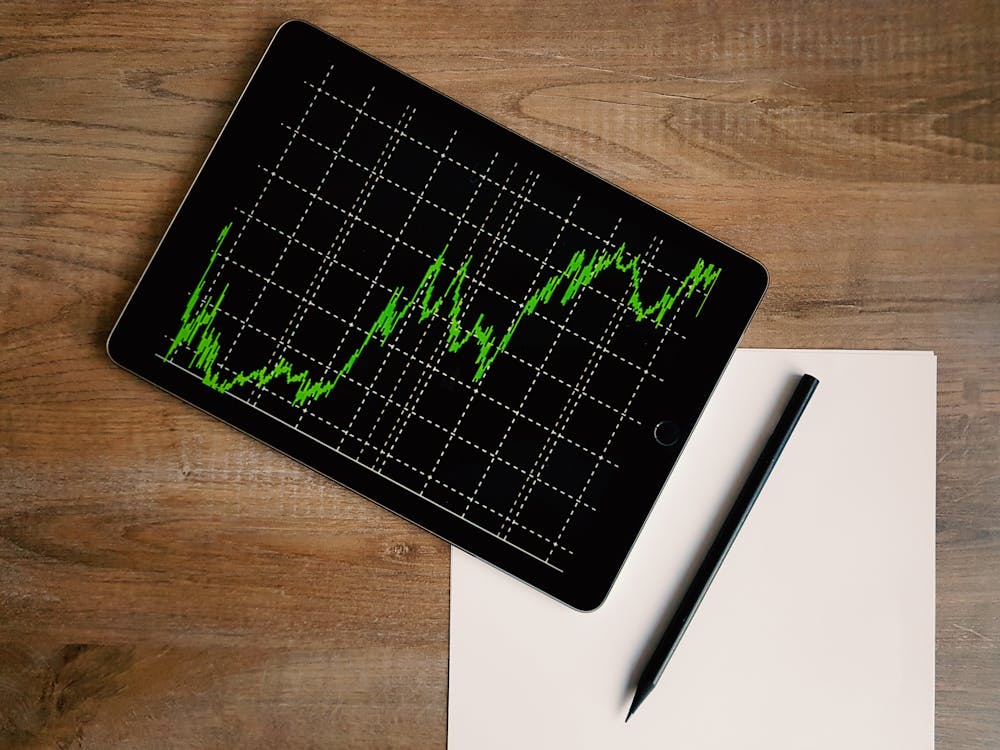Hong Kong MPF Performed Resilient For March 2025

Image Source: Pexels
Key Benchmarks Performance
Hong Kong’s stock market kept its resilient path, and its stock market benchmark of Hang Seng Index rose 0.8% for March Brazil’s Sao Paulo and India’s BSE SENSEX Index rallied 5.9% and 5.8%, respectively, taking the leading positions among all global markets, while US Philadelphia Semiconductors, NASDAQ Composite and S&P 500 Index plunged 10.4%, 8.2% and 5.8% in March. China Shanghai Composite Index rose 0.4% in March but posted negative return of 0.5% for the year-to-date period. For the year-to-date period (as of 2025/3/31), Hong Kong continued being the best outperforming market and posted 15.3% positive return while Thailand and US Philadelphia SE Semiconductors Index posted negative return of 17.3% and 14.3%. Japan, US NASDAQ and Taiwan were also underperforming markets and posted negative return of 10.7%, 10.4% and 10.2% for the year-to-date period (as of 2025/3/31).
(Click on image to enlarge)

Asset Types Analysis
The total 376 Hong Kong Mandatory Provident Fund (MPF) registered for sale in Hong Kong posted positive return of 2.6% on average in March of 2025 (as of 2025/03/31). Bond and Money Market type posted the highest average gain of 0.3% while Equity type posted a negative average return of 1.4% for March. For the year-to-date period (as of 2025/3/31), Equity type posted an average return of 4.9% while Money Market type posted an average return of 0.8%.
Hong Kong MPF Performance by LGC Analysis
There are overall 376 Hong Kong Mandatory Provident Fund (MPF) registered for sale in Hong Kong market with a total 24 Lipper Global Classifications. Among all 24 classifications, Equity Hong Kong and Equity China posted 1.3% on average and took the leading positions among all MPF classifications while Bond HKD and Money Market Other posted positive return of 0.8% and 0.4%, respectively in March.
(Click on image to enlarge)

For the year-to-date period (as of 2025/3/31), Equity China, Equity Hong Kong and Equity Greater China posted an outstanding performance and posted an average return of 15%, 14.7% and 8.4%, separately.
(Click on image to enlarge)

Outlook
As tensions flare between US and China, Hong Kong is increasingly caught up in the crossfire. Exports from Hong Kong are now subject to the same 145% tariff the Trump administration has slapped on imports from China, even though Hong Kong has decided not to follow Beijing’s lead in retaliating with a 125% levy on American imports.
US President Donald Trump’s has decided to eliminate the so-called de minimis exception for items posted from the city to the US. The exemption applied to international shipments worth $800 or less entering the US. Hong Kong’s postal service will stop handling packages coming from or going to the United States, in the latest retaliatory move amid an escalating trade war between US and China.
These reciprocal tariffs pose a huge challenge to Hong Kong’s economy, which is fully integrated into the Greater Bay Area. In fact, when China’s exports are blocked by heavy tariffs, Hong Kong, as a super connector that relies on providing import & export business services, will certainly be affected by the shrinking business. Whilst domestic consumption is expected to recover slightly, the strong Hong Kong dollar continues to push residents to shop and spend across the border.
Hong Kong’s economy is expected to expand at a modest pace in 2025, as trade activity softens and investment remains sluggish, according to the Asian Development Bank’s latest Asian Development Outlook report. Gross domestic product (GDP) is projected to grow by 2.3% in 2025, slightly below last year’s 2.5%, before inching up to 2.5% in 2026. The slowdown is mainly attributed to weaker trade flows amid escalating trade tensions between the United States and the People’s Republic of China (PRC), which directly impact Hong Kong due to its role as a regional trade hub.
Worsening tensions between the China and the US could also raise market volatility, hurting the financial sector, which accounts for a quarter of GDP. As Hong Kong eyes a slow recovery, policymakers are turning to targeted strategies—such as the government’s “mega events” push—to stimulate growth and strengthen the city’s long-term appeal.
More By This Author:
High Yield: So Far, So Good?Earnings Insight: Oil Refiners See Sharp Declines To Q1 Estimates
S&P 500 Earnings Dashboard 25Q1 - Friday, April 11
Disclaimer: This article is for information purposes only and does not constitute any investment advice.
The views expressed are the views of the author, not necessarily those of Refinitiv ...
more


